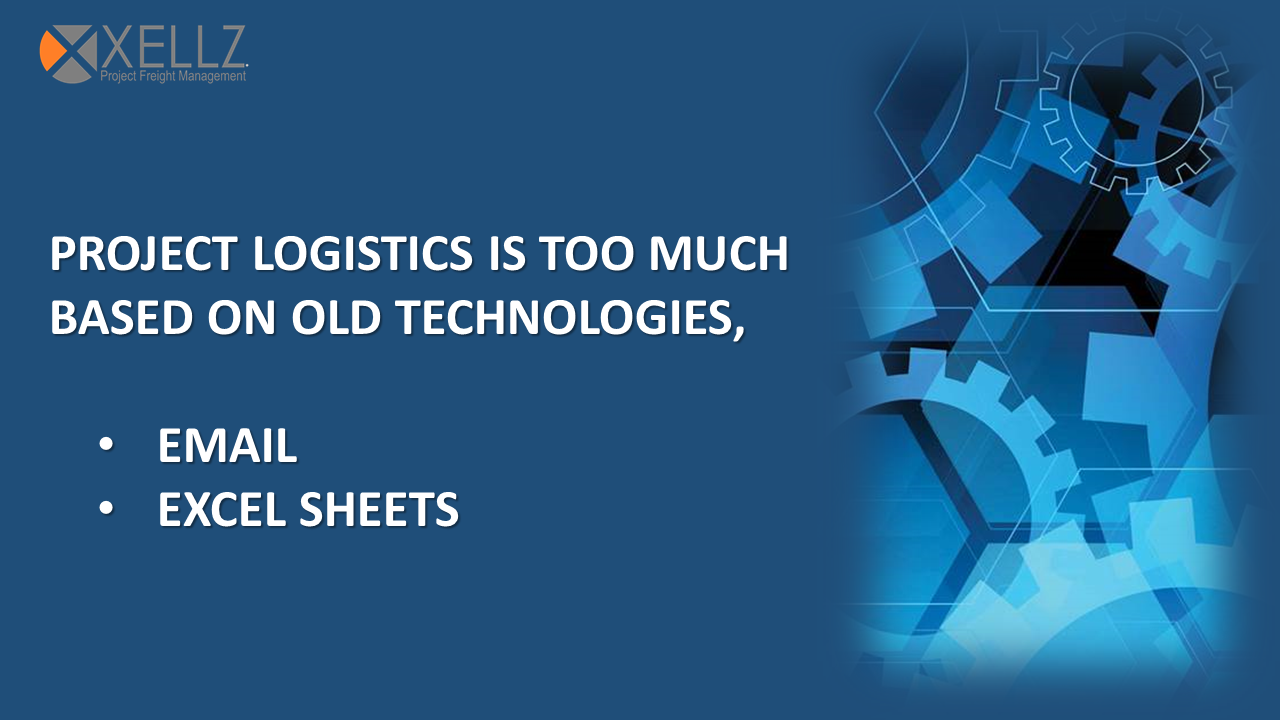Connecting Processes
Lets touch upon one of the biggest challenges companies operating global project supply chains and logistics face today.
We are talking about the disconnect between the data, processes on one hand and people in the supply chain on the other hand. How it inhibits collaboration and the ability to make the best decisions quickly and for the best result in the project logistics.
The challenge
Today’s project supply chain, project logistics processes and functions operate in silos.
What we mean by “silos” is that, across organizations, managers are responsible for one specific department, each with different priorities, responsibilities and objectives. As a result, managers aren’t aware of what other departments are doing in terms of their goals and priorities especially during project executions.
When operations before and during projects are siloed, there’s an absence of communication and collaboration between departments, divisions and business units. Each takes a vertical approach to reporting. Individual, functional metrics are tracked, instead of taking a horizontal view that gives insight into the health of the project supply chain network and inter-dependencies of each individual functions and process.
Consider these questions…
- How many companies would commit to a demand plan creating a 50% overload on a critical resource?
- How many organizations would take steps to deliver equipment and materials on time at the expense of margin?
These kinds of decisions requires easy access to demand, supply, capacity, inventory, and logistics data. Having the correct data is only one part of the equation; having the right processes in place is another. If organizations spend too much time firefighting and too little on exception management, their decision-making abilities will be hindered.
The solution is Cloud-based planning and response systems
Continuously planning, monitoring, and responding within a single project environment increases collaboration across all business functions. XELLZ has achieved this level of cooperation cut risks and make faster and better decisions by making use of our project platform, projeXsmart. According to our recent survey of project supply chain stakeholders, 66% of respondents agreed to have achieved these benefits by using our cloud-based project logistics planning and response system.
Cloud-based solutions support the project supply chain and logistics with the process orchestration and task flow capabilities organizations need to document and monitor processes during the project execution. With data and analytics brought together in a single place, organizations have the ability to plan concurrently. There’s no need to transfer data from one silo to another to get the right result. All the analytics to support project logistics demand and supplies are always “on”, enabling stakeholders to immediately see the impact of any change or decision.
If you are in project logistics and project supply and want to see more of how to connect planning and processes to drive better collaboration in projects, feel free to contact us.






